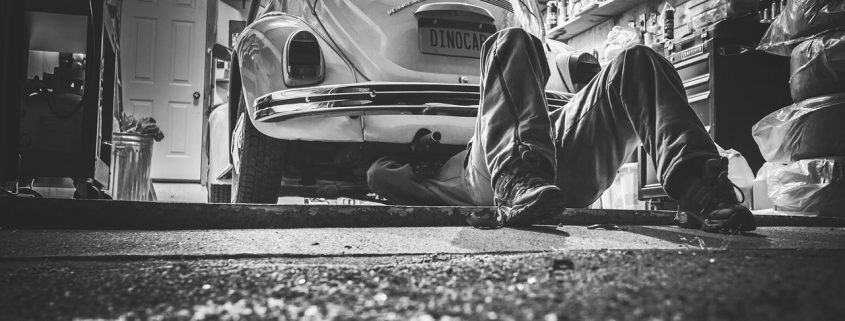The basics of collision repair
At some point in your driving life, you’re probably going to be involved in a collision. Hopefully, it won’t be serious. But either way, you need to know what to do when it happens. Knowing what happens during a collision can also help you avoid one in the future. With that in mind, here is everything you need to know about collisions and collision repair.
What is a collision?
Let’s start with the basics by defining what a collision actually is. An accident can only be a collision when damage occurs between a vehicle and another object (another vehicle, a tree, a fire hydrant, a building) when the vehicle is moving. If damage happens to a vehicle when it is stationary (such as vandalism) this is not considered collision damage.
This is why there are two types of insurance coverage, collision insurance and comprehensive cover. WIth collision insurance, you are only covered for damage that occurs in a collision. With comprehensive coverage, your vehicle is insured whatever damage occurs to it. While comprehensive cover may be more expensive, it is almost always worth the peace of mind that it provides.
What collisions are the most common?
There are several different types of collision. Some can be very, very serious and cause a loss of life. Thankfully, these types of collisions are few and far between in the grand scheme of things. Most collisions are what are known as fender benders. These are small collisions that cause minor damage to the vehicle without causing serious harm to the passenger. The other great thing about these accidents is that the damage caused is often easy to repair by taking your vehicle to a collision repair center.
What should you do after a collision?
If you are ever involved in a collision, the first thing to do is to get yourself to safety. This normally means pulling your car to the side of the road, exiting it and standing away from it. If you are on a highway, you are going to want to stand well away from the flow of traffic. Once you are safe and okay, you should then call the police. The police will be able to help with the exchange of insurance details and make sure that everything goes smoothly. Even if the collision was small, make sure to get details from anyone else involved in the accident, including any eyewitnesses.
You should then ring your insurance company to notify them of the accident. If necessary, they will send someone to assess the damage to your vehicle and process your insurance claim.


